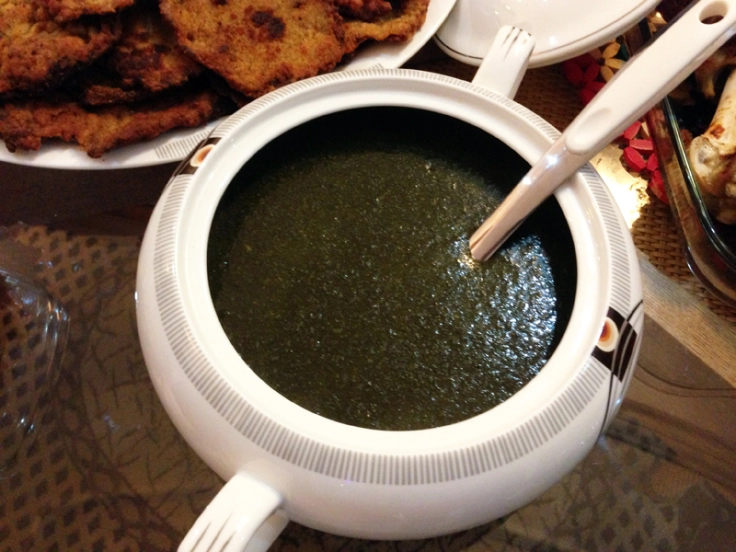
Introduction: Nestled along the fertile banks of the Nile River, Egypt boasts a rich agricultural legacy that spans millennia. Among the treasures cultivated in this historic land is molokhia, a leafy green vegetable with a storied history and a distinctive place in Egyptian cuisine. Join us as we delve into the cultivation and fascinating journey of dried molokhia, from ancient fields to contemporary kitchens.
1. The Ancient Roots of Molokhia: Molokhia, scientifically known as Corchorus olitorius, has deep roots in Egyptian culture and agriculture. Tracing its origins back to ancient Egypt, molokhia was a staple in the diets of pharaohs and commoners alike. The hieroglyphics on the walls of tombs and temples often depicted the cultivation and consumption of this nutritious green, showcasing its integral role in daily life.

2. The Cultivation Process: Today, the cultivation of molokhia remains an art form passed down through generations. The plant thrives in the Egyptian climate, characterized by intense sunlight and fertile soil. Molokhia is typically planted in the early spring, and its tender leaves are ready for harvest within a few months. Farmers carefully nurture the plants, ensuring they receive the optimal balance of water and nutrients.
3. Drying for Longevity: To extend the availability of molokhia beyond its seasonal peak, the traditional practice of drying the leaves evolved. This process involves carefully harvesting the leaves at their peak freshness and sun-drying them to preserve their nutritional value. Dried molokhia not only offers convenience in storage but also allows enthusiasts around the world to enjoy this unique ingredient.
4. Culinary Significance: Molokhia plays a starring role in Egyptian cuisine, contributing a distinct flavor and texture to a variety of dishes. The dried leaves are rehydrated before being incorporated into stews, soups, and sauces. One of the most beloved dishes is “Mulukhiyah,” a savory soup that showcases the leaf’s mucilaginous texture, reminiscent of okra.
5. Nutritional Benefits: Beyond its culinary appeal, molokhia is prized for its nutritional benefits. Packed with vitamins, minerals, and antioxidants, it has long been recognized for its potential health-promoting properties. Whether consumed fresh or in its dried form, molokhia continues to be a valuable component of a balanced diet.

6. Preserving Tradition in Modern Kitchens: In modern times, dried molokhia has transcended its geographical boundaries. With a growing global interest in diverse cuisines, this ancient Egyptian ingredient has found its way into kitchens around the world. Culinary enthusiasts and chefs alike appreciate its unique taste and cultural significance, contributing to the global appreciation of Egyptian culinary heritage.
Conclusion: As the sun sets over the fertile fields of Egypt, the legacy of Molokhia endures. From its ancient cultivation practices to its esteemed place on contemporary tables, dried molokhia continues to be a symbol of resilience, tradition, and the timeless connection between the land and its people.
Experience the Essence of Egypt with Dried Molokhia. Shop Now.
